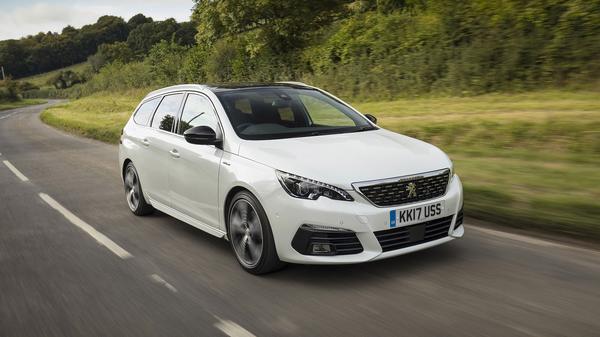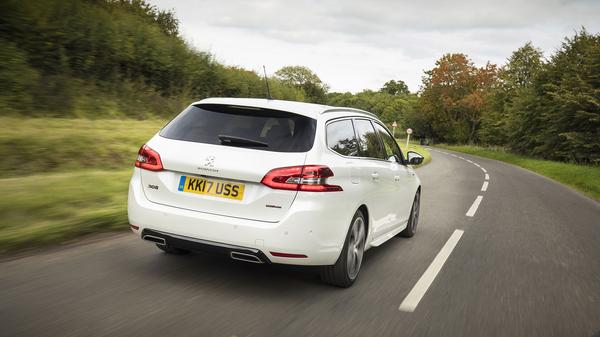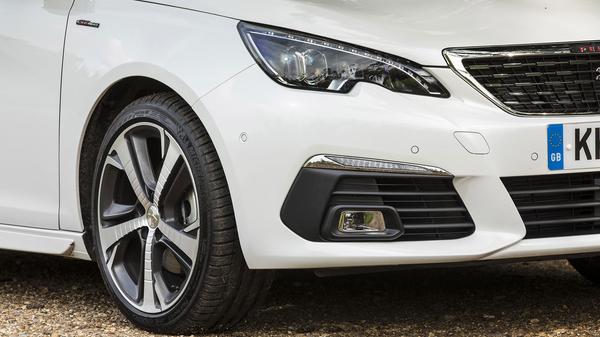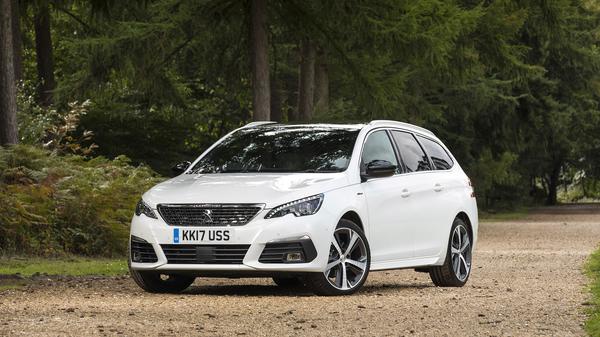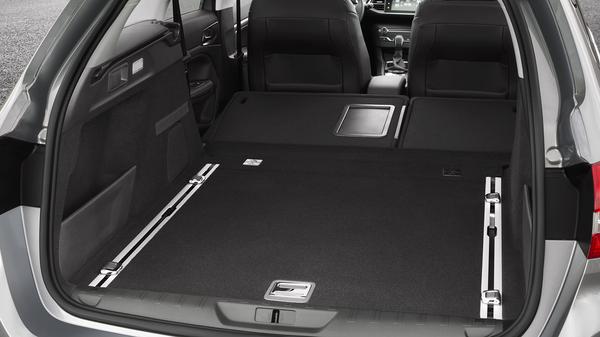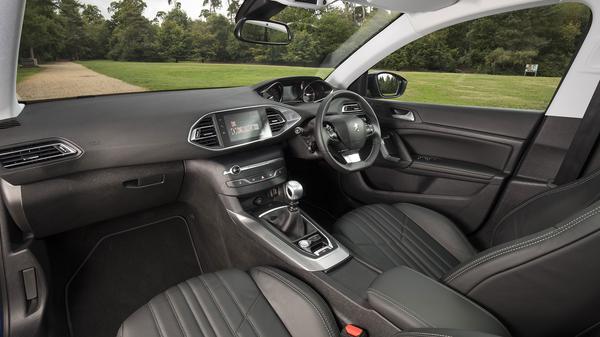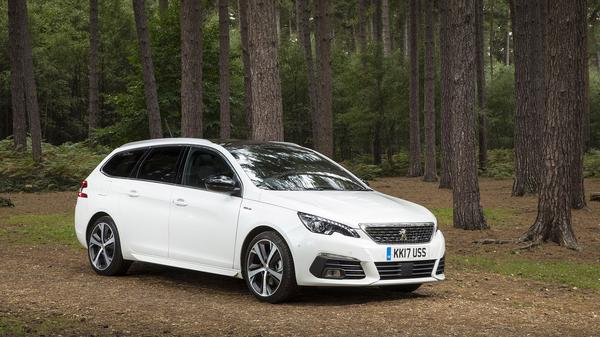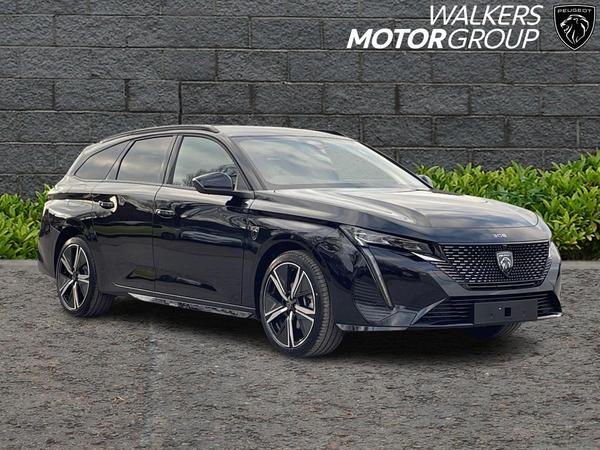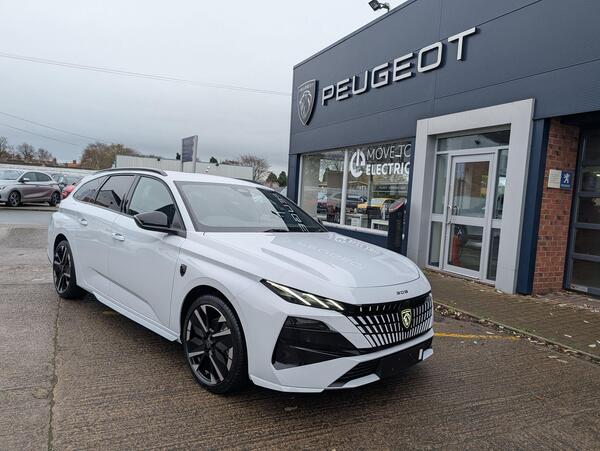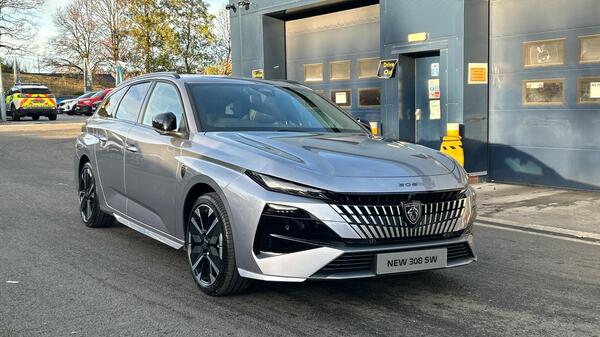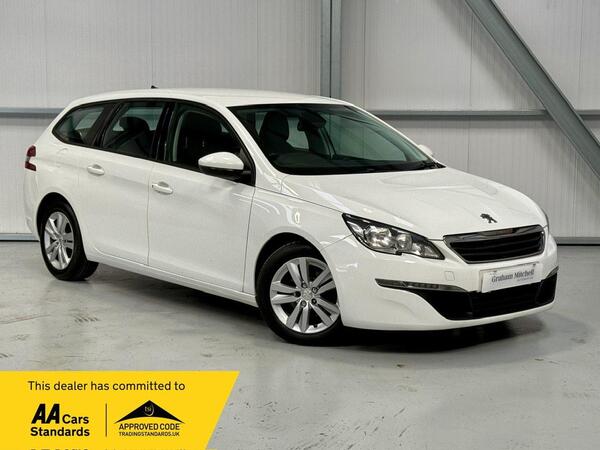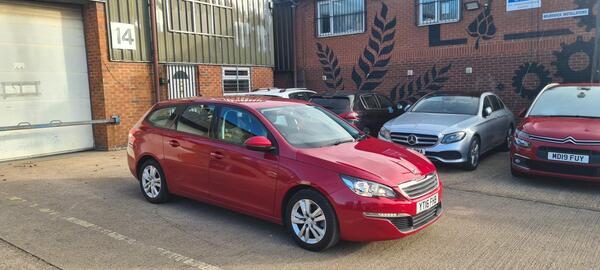Judged by the norm of the class, the 308 is reasonably spacious, with adequate head- and legroom for four adults, or five at a pinch. The boot, on the other hand, is among the class best at a whopping 660 litres, and that expands to 1,775 with the rear seats folded down, putting it well ahead of its most obvious rivals. Best of all, it could hardly be easier to swap between the two configurations: the rear seats drop down with the use of just one lever to leave a perfectly flat floor, and they’re easy to raise back to the upright position again. It’s also neat that the luggage cover can be stowed under the floor when not needed, and that the boot sill is nice and low, making it easy to load and unload.
There are a few ergonomic quirks to be found in the cabin. The strange driving position (you look over the small steering wheel – rather than through it – to see the dials, meaning some drivers will have to set the wheel lower than is comfortable) won’t be to all tastes, and there’s also the fact that pretty much everything (even the air-con) is controlled by the slightly fiddly
touchscreen system, but this does result in a nice clean design for the interior which – along with the impressive standard of materials – helps make the cabin feel sophisticated.
On the road, the 308 feels comfortable enough most of the time, and it’s only on the very worst lumps and bumps that the suspension struggles to cope. You’re only exposed to a very low level of mechanical noise and vibration, too, which also helps make the 308 a very relaxed and civilised car to drive. It’s not the sharpest-feeling car of its type, with quite a bit of body roll, and steering that’s rather numb and slow, but it does feel stable and predictable in the bends.
The sportier GT models have lowered suspension to give sharper responses (and a slightly firmer ride as a result), but again, the remote steering and the body’s reluctance to change direction give the car a slightly languid character.
